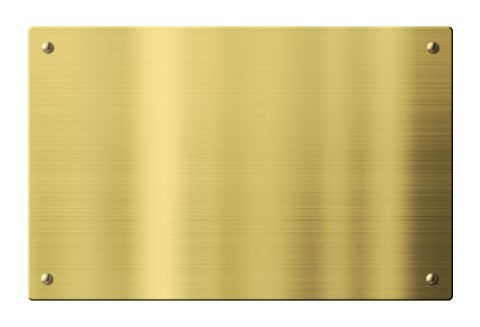Brass is one of the alloys that have been in wide use within the metalworking industry. How Products Are Made emphasized that it is classified as a copper alloy as its main component is copper. The other primary ingredient is zinc.
History
In the area now known as Syria, metalworkers of the ancient days have created bronze by melting copper and adding tin since 3000 B.C. They were, however, also unknowingly creating brass, as ore deposits of zinc and tin are, at times, found together. Back then, these two metals were quite difficult to distinguish from each other because of their similarity in properties and color.
Later on, metalworkers near the Mediterranean Sea learned to distinguish zinc ores from ones containing tin. They then began creating coins and other items from brass. Still, they didn’t comprehend zinc as a metal. It was only in 1746 that its properties were identified by Andreas Sigismund Marggraf, a German scientist. It was also only in 1781 that the combination process of copper and zinc to form brass got patented in England.
Properties
The composition of the brass alloy, in particular the copper-to-zinc ratio, dictates the exact properties of each specific piece of brass. In general, though, brass is known to be ductile and malleable, relatively easy to cast, and easy to form into shapes. This makes brass sheet metal valuable in parts manufacturing. Brass also gets some uses in the electrical field because it’s a good conductor of both heat and electricity, as well as resistant to wear and spark. Like its main component copper, brass has bacteriostatic properties. Thus, it’s used for healthcare facilities and bathroom fixtures.
You can also commonly hear brass used as a material for musical instruments. This is due to its interesting acoustic properties. Then, there’s the love it receives from artists and architects because of its aesthetic attributes. Additionally, it has low friction and is non-magnetic.
Perhaps the foremost quality that comes to mind when it comes to brass is its ability to stave off corrosion. Copper.org emphasizes that brass doesn’t need additional protection from corrosion as it’s inherently resistant. With the combination of strength, formability, and corrosion resistance, brass will continue to be a useful material across many applications within the foreseeable future.
Brass suppliers provide the alloy in many shapes and sizes for use in many applications. Suppliers, like Rotax Metals, actually make it a point to have a wide variety of sizing and shape options for various industries.
Sources:
(How Brass is Made, How Products Are Made, undated)
(Corrosion Tests Prove Free-Cutting Brass Outlasts Plated Steel, Copper.org, undated)


